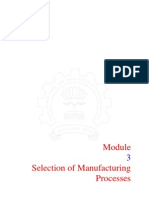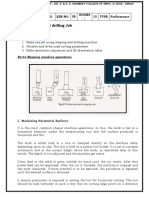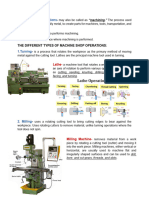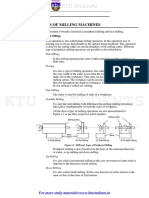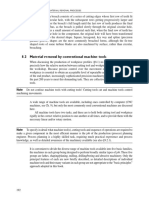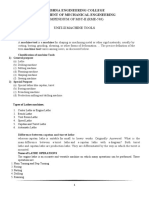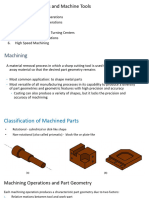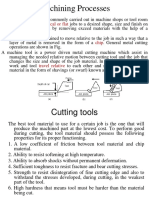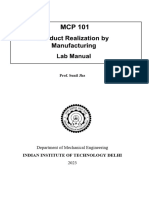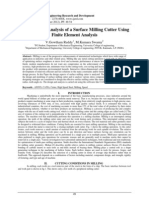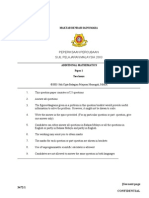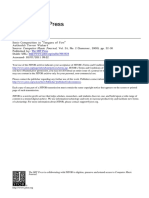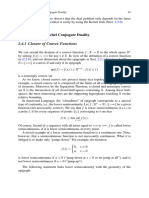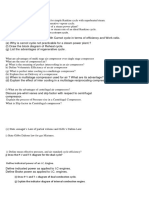0% found this document useful (0 votes)
64 views12 pagesDFM Unit - 3
The document provides an overview of various machining processes including turning, milling, drilling, grinding, and non-traditional methods such as laser and electron beam machining. It discusses the characteristics, applications, and advantages of each process, along with general design rules for machining to optimize efficiency and reduce costs. Additionally, it emphasizes the importance of dimensional tolerance and surface roughness in the design of machined components.
Uploaded by
mrajeshmeCopyright
© © All Rights Reserved
We take content rights seriously. If you suspect this is your content, claim it here.
Available Formats
Download as PDF, TXT or read online on Scribd
0% found this document useful (0 votes)
64 views12 pagesDFM Unit - 3
The document provides an overview of various machining processes including turning, milling, drilling, grinding, and non-traditional methods such as laser and electron beam machining. It discusses the characteristics, applications, and advantages of each process, along with general design rules for machining to optimize efficiency and reduce costs. Additionally, it emphasizes the importance of dimensional tolerance and surface roughness in the design of machined components.
Uploaded by
mrajeshmeCopyright
© © All Rights Reserved
We take content rights seriously. If you suspect this is your content, claim it here.
Available Formats
Download as PDF, TXT or read online on Scribd
/ 12

